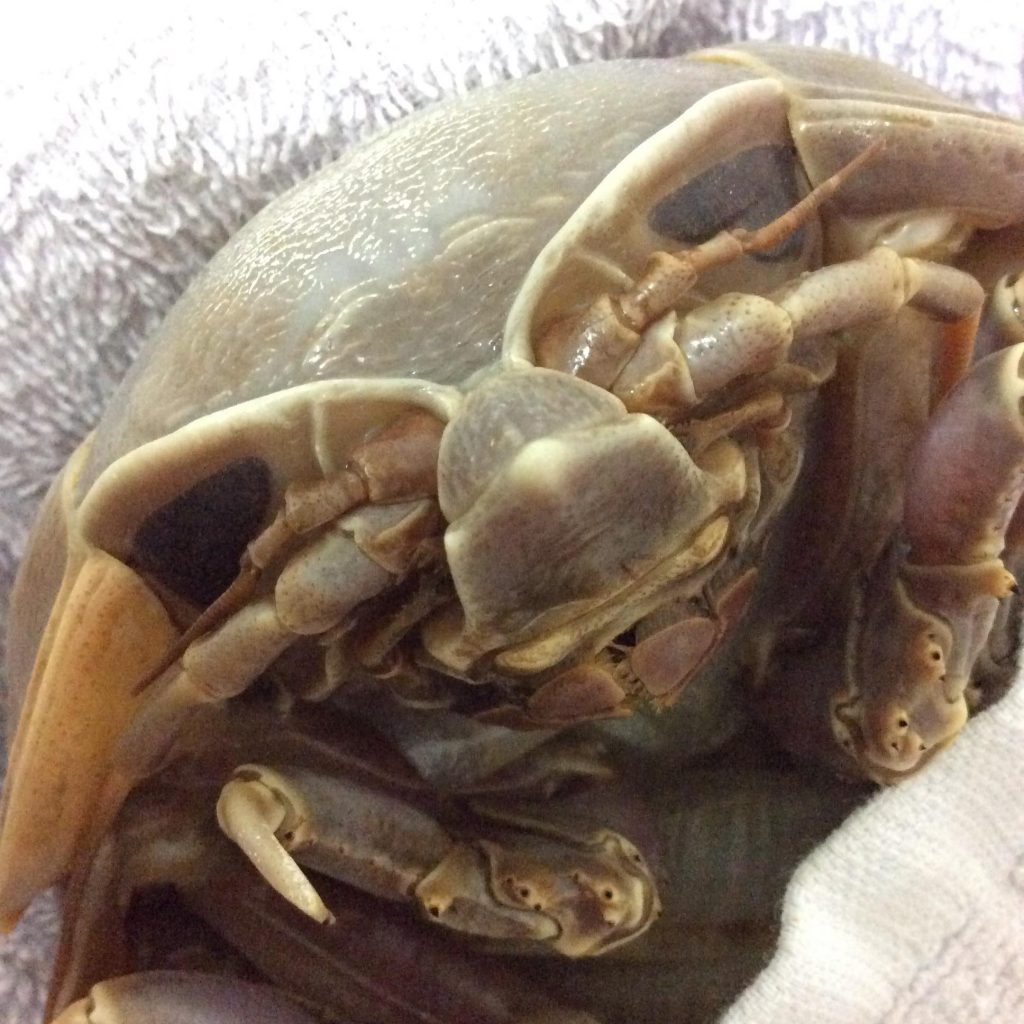The seafood market is a giant market in Taiwan. However, because the ocean is large (about 180,000 km2) and the marine environment is complicated (coral reef environment in the South China Sea, kelp environment in the Ease China Sea, Kuroshio ocean current, and China coastal current), the seafood is various so that it is difficult to be regulated.
According to the Fishery Agency, there are 322 genus species are economic marine species, but only a few species have clear data of fish population to modify its catching. These species include tuna family (Family Scombridae), mahi-mahi (Coryphaena hippurus), and farmed fish (about 12 genus and species). Therefore, a consumer could have various choices in fish but the products could be from boats which are from IUU fishing (Illegal, unreported and unregulated fishing).
This end of June, Taiwan, because of pressure from the European Commission, leads the long-distance fleets to comply with the RFMO obligations systematically (Regional Fisheries Management Organization) and have VMS (vessels monitory system). Now, it is the time to stimulate the small-scale fishing vessels to have legal, reported, and regulated fishing. But, how to do it?
If we use the “cap and trade” on GHG management, the tax is a cap and the carbon market is a trade. Similarity, the prescription in the small-scale fishery from the government is the cap and the high-end catering industry will be the trade in the seafood market in Taiwan. We hope to stimulate people to understand which species they are eating and what the impact will give to the ocean by the chosen fish from the high-end catering industry. The reason is we notice that many Taiwanese tend to know what the seafood is eaten by wealthier. By revealing the seafood what they like to eat, the local social media would report and stimulate people that they should choose this new seafood carefully or not.
This summer, I am working in Satoumi (里海有限公司). Satoumi is a company which provides many high-end restaurants in Taiwan. These chefs are looking for local food, including seafood. Unfortunately, the choice in seafood is very difficult. To review the reason why the local seafood providing is so difficult, we got some reasons: the marine environment is changing too quickly but the scientific data did not follow up; many chefs in high-end restaurants prefer to take a challenge in unique food. If we can switch the high-risked fish species to low-risk fish in the chosen list, can we release a little bit of pressure from the overfishing?
For example, giant isopod (Bathynomus giganteus) is a by-catch with giant scarlet prawn (Aristaeopsis edwardsiana). However, this year, because of not enough catching value of giant scarlet prawn, the vessels tended to increase its trawling times. The problem on the vessel was that there were a lot of giant isopods rather than the giant scarlet prawn. The giant isopods were the bycatch in this case. To stop the vessels working in the South China Sea and ruining the coral reef environment, the company decides to sell giant isopod to cover the shortage of income from giant scarlet prawn. I evaluated the possibility to sell it or not. Then, my boss and I decided the price that people will payment (about 8~17 USD for the first sale and 12.6~50 USD for the second sale).
Interestingly, this product stimulates not only people who love to take challenge in specific seafood but also people who love to collect specimen to buy the giant isopods. By selling a new product, the team wants to trigger people to rethink where the seafood is from.






